Copy of Giambologna's Hercules and Nessus
Click on the artwork to view a larger image
This etching is made with chine collé.
edition: 6/30
Etching is an intaglio process. A metal plate is covered with a wax ground. The artist then draws the image in the wax with a stylus, exposing the metal. The plate is then placed in an acid bath – the acid etches the metal where ever it is exposed. Ink is then applied and the image appears from where the ink is trapped where the artist incised.
Intanglio is a collective name for the process of printing from an image incised into a plate. In the intaglio process, the entire plate is covered with colour (usually ink) and then wiped clean however the ink remains in the incisions. The plate is then pressed against paper with great pressure and the image is printed where ever the incisions have trapped the ink.
From MoMA: Chine collé - A technique, used in conjunction with printmaking processes such as etching or lithography, that results in a two-layered paper support: a tissue-thin paper, cut to the size of the printing plate, and a larger, thicker support paper below. Both the tissue and the support sheet are placed on top of the inked plate and run together through the printing press, sometimes with a thin layer of adhesive between them to reinforce the bond produced through the pressure of the press. The process creates a subtle, delicate backdrop to the printed image. Chine is the French word for China, referring to the fact that the thin paper originally used with this technique was imported from China. In addition to China, paper was also imported from India or Japan. Collé is the French word for "glued."



